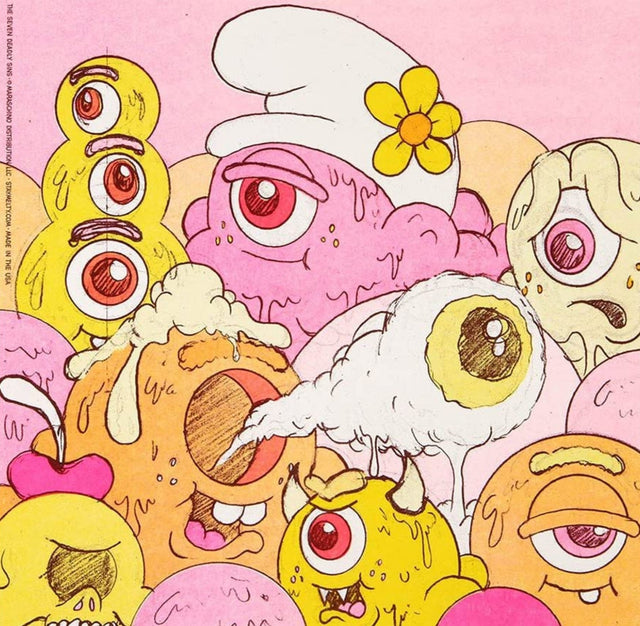
Risograph printing has become a popular technique in contemporary street art and graffiti art. A risograph is a high-speed digital printing machine that uses soy-based inks and a stencil-like process to create vibrant, textured prints. This technique is highly sought-after for its unique aesthetic and low-cost production, making it a popular choice for artists who want to produce large-scale prints for street installations or gallery shows. One of the reasons that risograph printing has become so popular in graffiti and street art is because of its affordability. Compared to other printing methods, such as screen printing or lithography, risograph printing is relatively inexpensive. This means that artists can produce a large number of prints at a low cost, allowing them to distribute their work more widely or use it for installations and other public art projects. Another benefit of risograph printing is its ability to produce vibrant, textured prints. Because the inks used in risograph printing are soy-based, they have a unique, almost fluorescent quality to them. This can create a bold and striking effect on paper, making risograph prints a popular choice for street artists who want to make a statement with their work. Risograph printing also offers a great deal of versatility in terms of the types of paper that can be used. Unlike some printing techniques that require specialized paper, risograph printing can be done on a variety of different papers, including recycled paper and other environmentally-friendly materials. This makes it an ideal choice for artists who want to create sustainable and eco-friendly art. In addition to its affordability and versatility, risograph printing has also become popular in graffiti and street art because of its DIY ethos. Because risograph printing is relatively easy to learn and can be done with minimal equipment, it has become a popular choice for artists who want to produce their own prints and zines. This DIY approach is closely tied to the punk and DIY movements of the 1970s and 1980s, and has helped to establish risograph printing as a popular choice for street artists and graffiti artists who want to create their own unique aesthetic. One of the most notable artists using risograph printing in their work is the French artist JR. Known for his large-scale installations that often cover entire buildings or public spaces, JR has used risograph printing to produce some of his most striking works. For example, his “Inside Out” project, which began in 2011, uses risograph prints to create large-scale portraits of individuals from around the world. These portraits are then wheatpasted onto buildings and other public spaces, creating a powerful statement about the importance of human connection and community. Other notable artists using risograph printing in their work include the American artist Shepard Fairey, known for his iconic “Obey” street art campaign, and the British artist Banksy, whose politically-charged street art has made him one of the most famous and controversial artists working today. Both Fairey and Banksy have used risograph printing to produce large-scale prints of their work, which they then use for installations, gallery shows, and other public art projects. Risograph printing has become a popular technique in contemporary graffiti and street art because of its affordability, versatility, and unique aesthetic. With its DIY ethos and ability to produce vibrant, textured prints, risograph printing has helped to establish a new generation of street artists and graffiti artists who are pushing the boundaries of what is possible with this exciting new medium.

